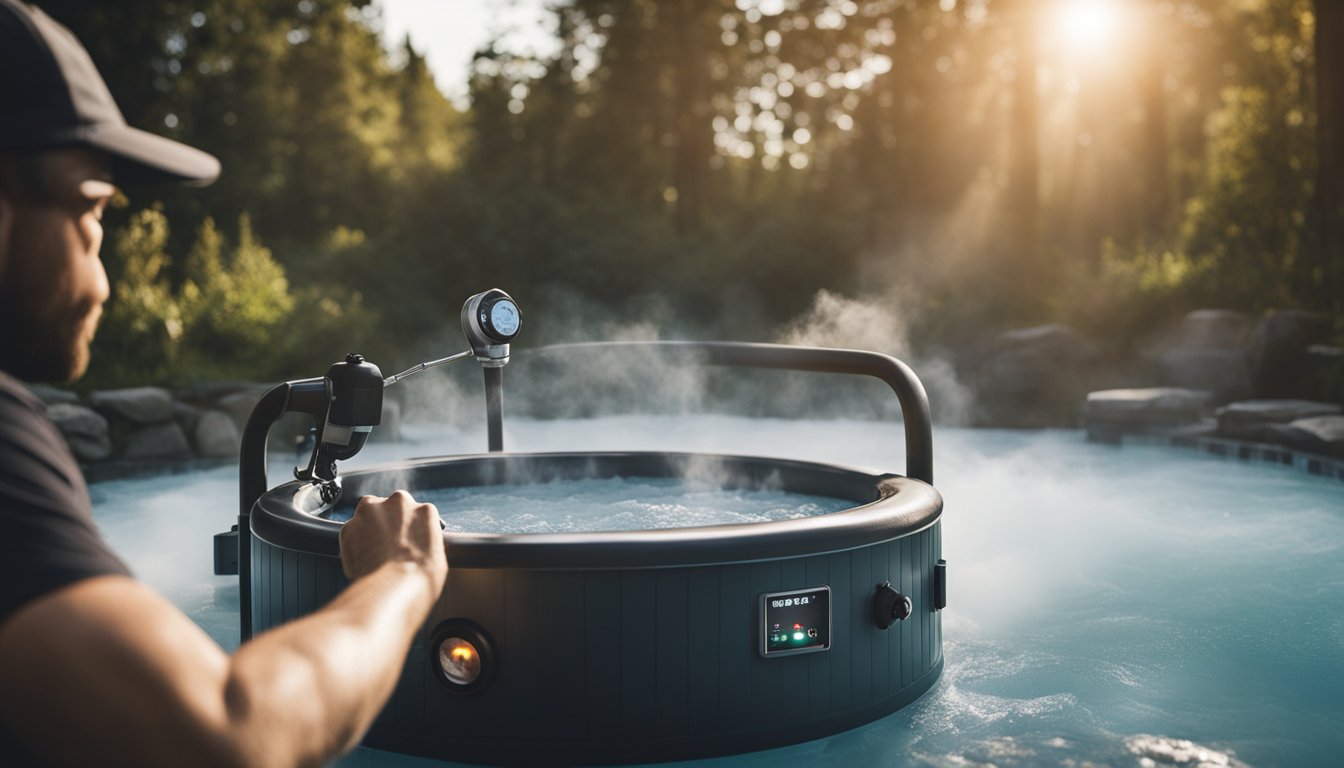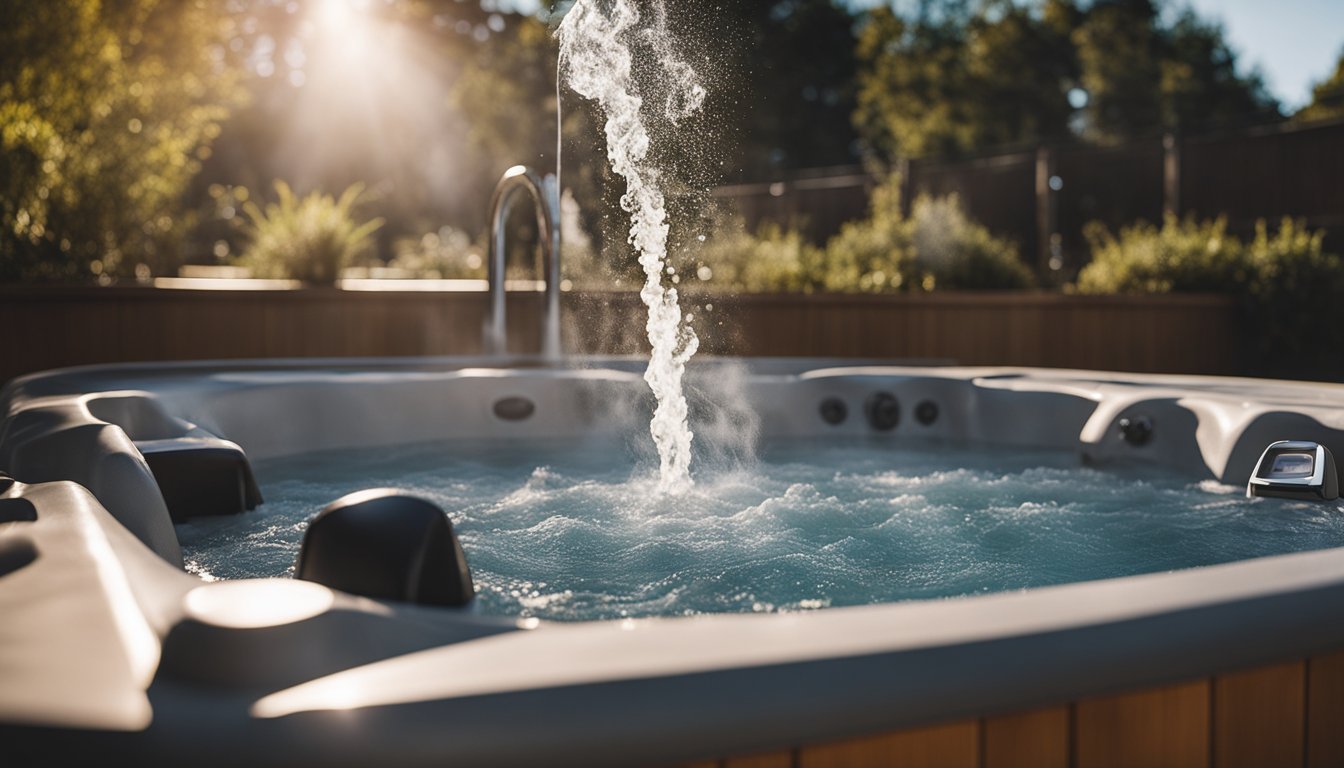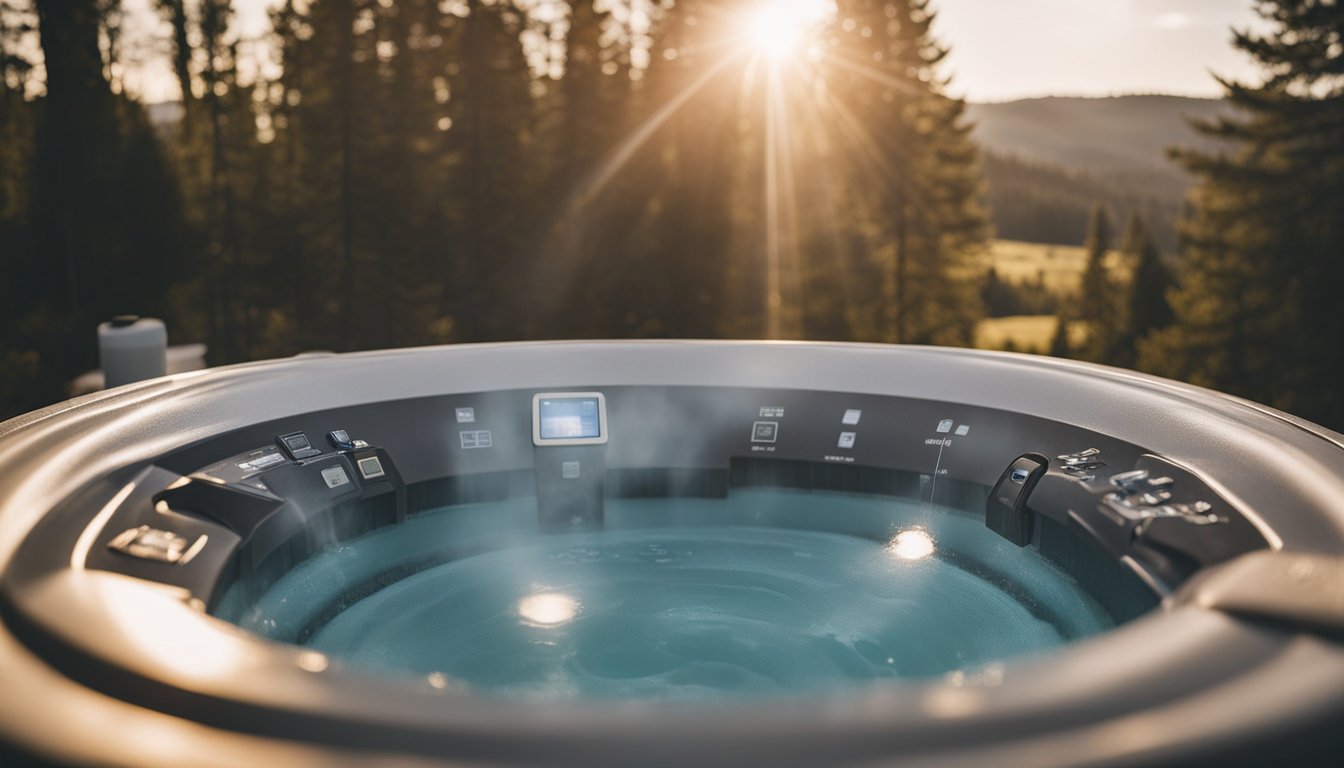Late updated: 20 Jul 2024 14:07
Written by: James Whitaker
Hot Tub Troubleshooting Common Issues And Solutions: Expert Guide
A hot tub offers the perfect escape after a long day, blending relaxation with therapeutic benefits. However, like any other appliance, hot tubs can encounter issues that impede their performance. Understanding common hot tub problems and their solutions can keep your spa running smoothly, ensuring your investment remains a source of joy rather than frustration.

Common problems include fluctuating water temperatures, poor water circulation, and malfunctioning pumps. Each of these can often be resolved with some basic troubleshooting and regular maintenance. For instance, cleaning your filter, checking for blockages, and ensuring the pump is operational can address many water flow issues.
By staying proactive and addressing problems early, we can enjoy a seamless hot tub experience. Dive into our guide as we explore practical solutions to common hot tub troubles, ensuring a relaxing and hassle-free soak.
Key Takeaways
- Regular maintenance can prevent most hot tub issues.
- Common problems often involve water temperature, circulation, and pump functionality.
- Early troubleshooting can ensure continuous enjoyment and relaxation.
Identifying Common Hot Tub Issues
In hot tubs, common issues arise mainly from water flow problems, electrical and heating malfunctions, and water quality concerns. Each of these can affect the performance and enjoyment of your hot tub.
Water Flow Problems
One of the frequent issues hot tub owners face is water flow problems. Low water flow or weak water flow can indicate clogged filters or blocked jets. Cleaning or replacing clogged filters often resolves these issues. Ensuring that the water level is adequate is crucial, as insufficient water can lead to poor circulation and damage the circulation pump.
Pumps are essential for maintaining efficient water flow. If the hot tub pump is malfunctioning, it can lead to weak water jets or completely prevent water circulation. Checking for and clearing any clogs in the pumps and ensuring all valves are open can help restore normal water flow. Regular maintenance of the pump and circulation system is critical for preventing long-term issues.
Electrical and Heating Malfunctions
Electrical issues can manifest as either the hot tub not heating correctly or electrical systems tripping breakers. The ground fault circuit interrupter (GFCI) is designed to protect by shutting off the circuit if an imbalance is detected. Tripping the breaker could indicate an underlying fault such as a problem with the heater element or wiring.
Heater problems can stem from a faulty heating element or issues within the control panel. Regular inspection of the hot tub heater, ensuring that all electrical connections are secure and free from corrosion, can mitigate these risks. Addressing circuit breaker issues early can prevent more serious electrical malfunctions.
Water Quality Issues
Maintaining clear and sanitary water is essential. Cloudy water, bacterial growth, and murky water can all result from poor water chemistry management. Regularly testing and maintaining the right balance of chlorine or bromine levels, along with the correct pH and total alkalinity, is vital. Poor water balance not only looks unappealing but can also foster algae and bacteria.
Calcium hardness plays a significant role in preventing scale build-up and corrosion. Using appropriate pool chemicals ensures the water remains safe and pleasant. Constant monitoring and adjustment help in preventing water quality issues that could lead to costly hot tub repairs. Proper sanitation practices and understanding water chemistry will keep the hot tub in optimum condition.
Routine Maintenance and Solutions

Regular maintenance is crucial in maintaining the longevity and functionality of your hot tub. Proper cleaning and filter care are essential to keep the water clean, and addressing leakages promptly prevents significant damage.
Cleaning and Filter Care
Keeping the hot tub clean and maintaining the filter are important parts of routine maintenance. We must clean the hot tub filter every few weeks to ensure optimal filtration. A dirty filter reduces water quality and strains the pump.
To clean the filter, remove it from the hot tub and rinse it with a garden hose. For a deeper clean, soak the filter in a specialised cleaning solution. This helps remove oils, minerals, and debris that simple rinsing might not eliminate.
Regularly check for debris in the water, skimming the surface as needed. Use a skimmer net or a vacuum designed for hot tub use. We should also drain and refill the hot tub every three to four months to maintain water clarity and balance.
Preventing and Addressing Leakages
Leakages can originate from various sources, including seals, gaskets, and the hot tub shell. Regularly inspecting these components helps detect early signs of wear or damage. Seals and gaskets can deteriorate over time, leading to leaks.
We can prevent leakage by ensuring that all seals and gaskets are in good condition. If we spot any damaged seals, these should be replaced immediately. Additionally, check the shell for cracks or holes. Smaller cracks can be repaired with a hot tub repair kit, while more significant damage may require professional attention.
Keeping an eye on water levels helps detect leaks early, ensuring that small issues do not escalate into significant problems. Regular inspection and prompt action safeguard the integrity of our hot tub.
Frequently Asked Questions

Addressing common hot tub issues can help in maintaining optimal functionality and prolonging the life of your spa. Below, we answer some of the most common questions related to hot tub troubleshooting that many owners face.
Why won't my hot tub turn on despite having power?
First, check if the spa lock is activated, which may prevent the hot tub from turning on. Verify the status of the GFCI by resetting it. If the GFCI fails to reset, power down for 30 seconds before restarting. Persistent issues may require an electrician to inspect the power source.
What steps should I take to diagnose problems with my hot tub control panel?
Begin by examining error codes displayed on the control panel. Keep a list of common error codes nearby for reference. Check wiring connections for any signs of damage or looseness. Ensuring that connections are secure can often resolve many control panel issues.
How can I determine if my hot tub circulation pump is functioning correctly?
Look for signs such as unusual noises, including growling or high-pitched squeals, which may indicate a problem with the bearings or seals. Poor water circulation could be another sign of a malfunctioning pump. Regularly inspect the pump and consider replacing faulty components.
What common issues could cause a hot tub to switch off after 30 seconds?
A possible reason could be an automatic heater shut-off triggered by a flow or pressure issue. Check for clogged filters or pump problems that might restrict water flow. Ensure your water levels are adequate and top off if necessary, as low water can also cause this issue.
What should I check first when my spa presents persistent water problems?
Inspect for any signs of water leakage around and underneath the hot tub cover. Examine the water chemistry to ensure it is balanced and clean. If the water quality is off, issues with the heater or circulation system could be the cause and may require further inspection.
What are the probable causes when there's no power to my hot tub control panel?
Start by inspecting the circuit breakers and ensuring they have not tripped. Check the GFCI outlet and reset it if necessary. If the issue persists, the problem may lie with the main power supply or internal wiring, which might need professional attention to diagnose and repair.
